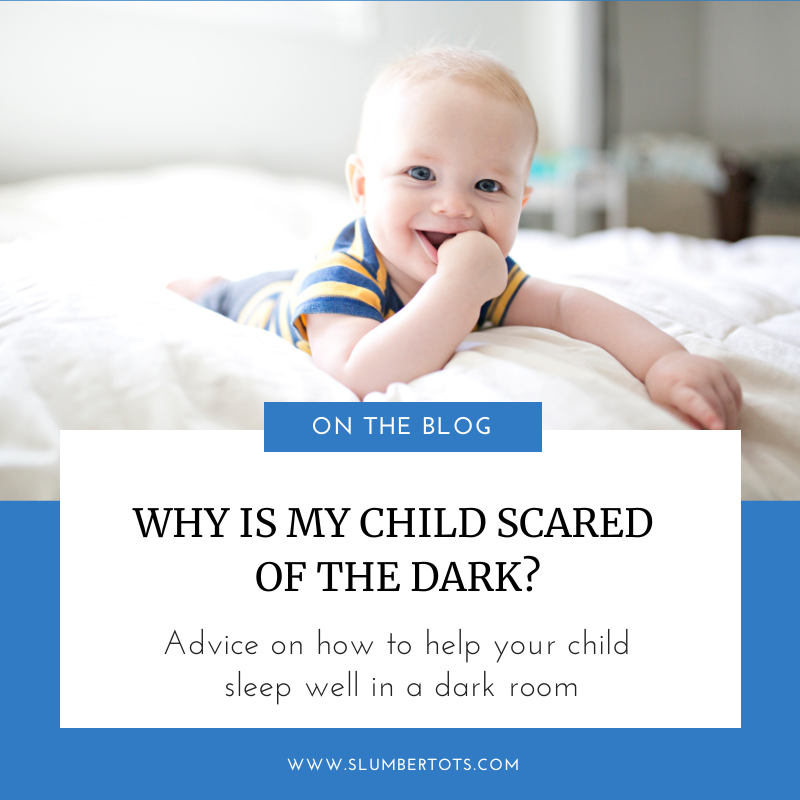
Over the years, the number one question I’ve been asked by toddler parents is “why is my child scared of the dark”? In this blog, we delve into the psychological aspects of the “fear of the dark” and share how to address and alleviate your child’s anxieties.
Why is my child scared of the dark?
A fear of the dark typically emerges around the age of 2. As toddlers develop their memory and imagination, they become more susceptible to anxieties stemming from playground mishaps and exposure to spooky elements in movies or books. Sometimes it may be seemingly innocent books or programmes that scare them. I’ve worked with families where children have been scared by “In the night garden” characters, “The Gruffalo” and “Funnybones”. It may also be books or activities that they experience at nursery, so you may need to do a bit of digging.
Acknowledge and Understand
It’s really important to validate your child’s fear rather than dismissing it. Give them an opportunity to talk about how they’re feeling. Try to avoid using tactics like “monster repellent”, as it will suggest to them that monsters are real and need to be repelled. Rather, taking some time for empathetic questioning can reveal the root cause of their fears.
Practical Solutions
So how do we help a child who is scared of the dark? It can really help to explore the connection between shadows and night time anxieties – go into your child’s room when it’s dark and see if there is anything casting a shadow. It could be a toy on the shelf, or a dressing gown on the back of the door. Sometimes making changes to these things can solve the problem. A warm-coloured nightlight (red or amber) can also help to reduce fears without disrupting sleep. You can also work on creating positive associations with low-light situations through fun activities like reading under a blanket with a dim flashlight or playing hide-and-seek in dimly lit spaces. Activities such as shadow puppets and Hide-and-Clap are also great for helping your child to get comfortable with the darkness.
Gradual Adjustment to Darkness
Gradually turning down lights as bedtime approaches can help children ease into a dark setting. This has the dual benefits of creating a soothing bedtime routine and stimulating melatonin production for easier sleep onset.
By understanding and addressing your child’s fear of the dark with empathy and practical solutions, you can guide them toward a more peaceful night’s sleep. Implement these tips consistently, and watch as their anxieties transform into positive associations with the dark. If you’d like some support with improving your child’s sleep, click here to learn more about how I can help.
